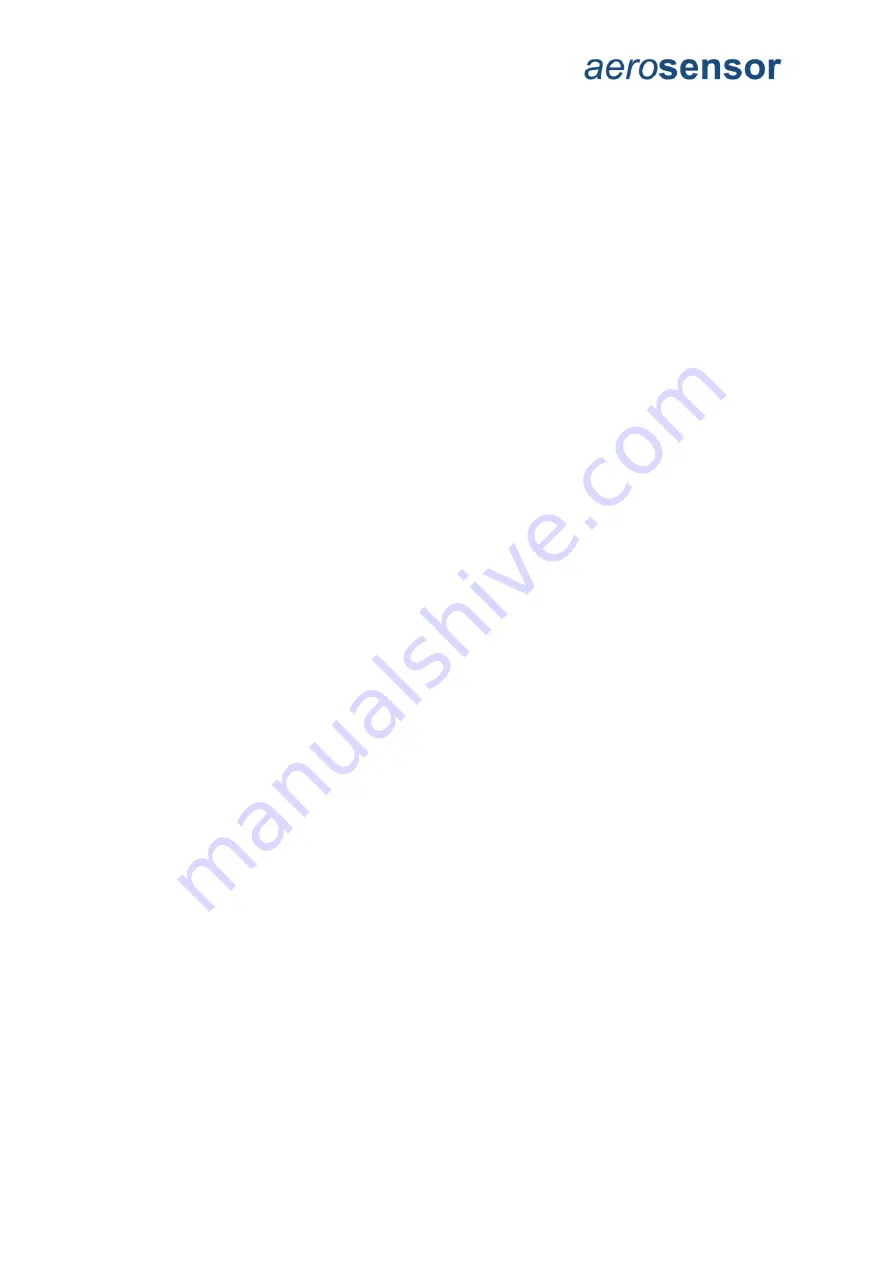
Aerosensor Quickstart Guide V1.1
5
1.
Install Aerosensor
securely, level, and centred on the bike using a go-pro mount.
2.
Pair your power meter speed sensor
to Garmin
. We recommend dual sided
power meter, and magnet based speed sensor.
3.
Calibrate
power meter in Garmin, and set crank length if necessary.
4.
Open ACS CIQ
app on your Garmin bike computer.
5.
Choose test type:
a.
Road
: for general road cycling.
b.
Out and back
: for cycling out and back along a stretch of road.
c.
Velodrome trackless
: for velodrome use without Aerodrome lap trigger.
d.
Velodrome tracked
: for velodrome use with Aerodrome lap trigger.
6.
Connect Aerosensor
to CIQ app.
a. Turn on Aerosensor. It should connect automatically. If not:
b. Menu > Connections > Aerosensor.
c.
Wait for CIQ app to find device, then click on it to connect.
7.
Input key parameters
a. Menu > Aerosensor Settings > Parameters > Edit Parameters
b. Most important parameters to set are:
i.
Aero device calibration
:
Start with a value of 1.4
.
ii.
Total mass
(your total mass i.e. you + bike + clothing)
iii.
Wheel circumference
(you can get from speed sensor info in Garmin,
or roll out wheel and measure distance on ground).
iv.
Power meter scaling
(Use 0.98 for all but hub based PMs)
v.
CTF calibration offset if using an SRM PM7 or earlier PM. This is
the value reported when you calibrate your power meter on the
Garmin.
c.
Be sure to “Push Parameters” after exiting this menu to save any changes
.
8.
Check connections, and start activity
a. Make sure your power meter and speed sensor are on, by rotating wheel and
pedals.
b.
If paired then “PWR” and “SPD” icons in top right go green. If not see ACS
instructions.
9. Start activity
a. Press the start activity button on Garmin to start recording to FIT file. Note
the red square in the top right corner turns to a green triangle.
That’s it! You are now ready to go aero testing. For accurate results be sure to calibrate
your aerosensor every time you change bike,or make a substantial change in your position.
Don’t worry, you can do this at the same time as testing and post-correct your data, so no
specific runs are necessary. See next section.








